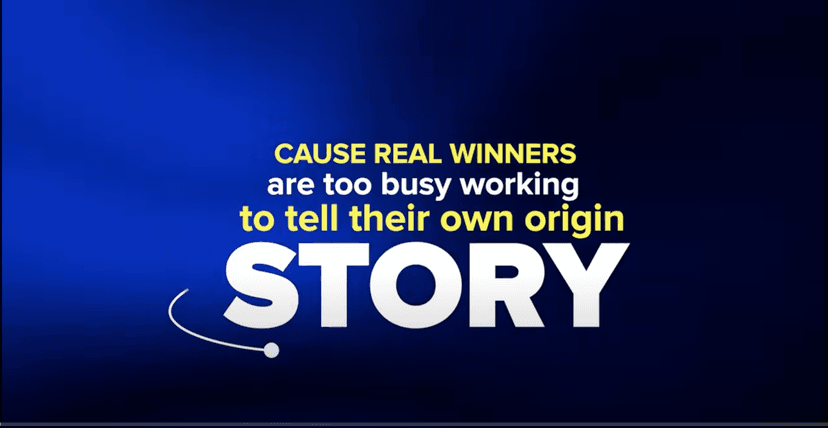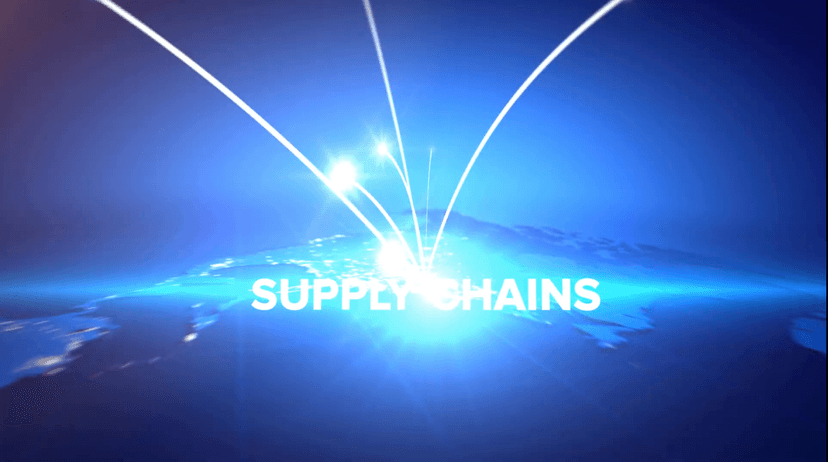My phone buzzed for the fifteenth time that hour—another email, another notification, another distraction pulling me away from my family dinner. My wife gave me that look, the one that said everything without saying anything.
I realized something had to change.
As the CEO of Fluent Conveyors and a father of two, I understand the constant pull of digital devices. The "two more deals" mentality that once defined my life kept me perpetually connected, forever one notification away from missing my kids' childhood.
Why Digital Detox Matters
Digital devices steal our attention. Every ping triggers dopamine, creating a cycle of dependence that's hard to break.
For me, the cost became clear when my son asked if I could put my phone down during his basketball game. The truth hit hard: I was physically present but mentally elsewhere.
As Doug and I discussed in Episode 6, showing up physically isn't enough. True presence requires engaging your body and mind, something I had to learn the hard way.
Digital overload affects every aspect of your life. Your sleep quality diminishes. Your anxiety increases. Your ability to focus on complex tasks deteriorates. Your relationships suffer when eye contact becomes rare and conversations stay shallow.
Here's my battle-tested approach to breaking free from digital dependency and reclaiming what matters most.
Step 1: Assess Your Relationship With Technology
Start by tracking your tech usage. Most phones have screen time features that reveal the truth about usage habits. The numbers will likely surprise you.
Ask yourself honestly:
- Which apps consume most of your time?
- When do you reach for your phone automatically?
- How often do you check your devices during family time?
- What emotion drives you to check your phone?
Understanding your patterns reveals the path forward.
Step 2: Create Clear Boundaries
Boundaries saved my relationship with technology. In Episode 5, Doug and I talked about how we struggled with setting boundaries. Like many driven professionals, I used to live in the heat of the moment, forgetting to take breaks. Learning to establish tech boundaries was part of my larger journey toward better work-life integration.
Watch Doug and me talk more about balancing life and work in Episode 5.
My family and I established designated tech-free zones throughout our home, with the dining room and bedrooms becoming sacred spaces where devices weren’t welcome. We implemented device-free hours between 6 and 8 pm to create a daily digital sanctuary that allowed us to focus on family.
My workout time remains protected from notifications, and on weekends, my phone stays banished to my office so I can fully engage with the life happening around me.
Start small if going cold turkey feels overwhelming; even one hour of genuinely disconnected communication will positively impact your mental clarity and relationships.
Step 3: Replace Digital Habits With Analog Alternatives
Nature abhors a vacuum. When removing a habit, replace it with something better. I replaced endless scrolling with:
- Reading physical books
- Journaling
- Taking walks without my phone
- Playing board games with my kids
- Actual face-to-face conversations
The real success comes from building meaningful alternatives that satisfy your deeper needs in ways your devices never could.
Step 4: Manage Expectations With Others
People expect immediate responses to every digital ping. I reset those expectations through direct, honest communication. I gathered my team and established clear guidelines that protected my focus but maintained my responsiveness:
- Email responses come within 24 hours, not 24 minutes
- True emergencies warrant phone calls, not texts
- I check messages deliberately three times daily, not constantly
The anticipated resistance never materialized. My team respected these boundaries after I clearly articulated them and consistently honored my commitments.
They appreciated knowing exactly when and how they could reach me. And this improved our communication efficiency across the board.
Step 5: Create a Supportive Environment
Your environment shapes your behavior more than willpower. Design your surroundings for success:
- Remove social media apps from your phone
- Turn off all non-essential notifications
- Use grayscale display settings to reduce stimulation
- Keep chargers outside your bedroom
- Use focus modes and app blockers during critical work
Small environmental tweaks create powerful behavioral changes.
Step 6: Practice Mindful Technology Use
The step centers on conscious technology use, not permanent avoidance. I learned to bring full awareness to each digital interaction. Before opening apps, I set specific purposes for what I need to accomplish.
I allocate defined time blocks dedicated exclusively to email and social media. When I notice my hand reaching for my phone, I pause and ask myself, "Why am I reaching for my phone right now?"
For non-urgent messages, I practice a 10-second pause before crafting my response. These intentional practices transformed my relationship with technology.
My devices no longer control me. I control them. Mindfulness converts technology from your master to your tool.
Results Worth Fighting For
My digital detox journey created profound changes. My ability to focus deepened. My sleep improved. My anxiety decreased.
Most importantly, my relationships transformed. Being truly present with my wife and children strengthened our connections in ways I never anticipated.
The greatest benefit? Reclaiming my attention. My thoughts became clearer, my priorities sharper, and my ability to tackle complex problems stronger when I stopped fragmenting my focus.
The Ongoing Challenge
Digital detox is a continuous practice, not a one-time event. Technology constantly evolves with new ways to capture your attention.
We covered the concept of being 'anchored' to old patterns in Episode 2 of Never in Reverse. Not owning your digital habits can leave you stuck in cycles that prevent growth. I've learned that acknowledging when I slip back into old habits frees me to keep moving forward.
Here’s a timestamp of Doug and I talking about why accountability matters.
Some days, I succeed; other days, I catch myself slipping into old patterns. Progress matters more than perfection.
The competitive drive that serves me well in business now points toward mastering my relationship with technology rather than being mastered by it.
Are you ready to reclaim your attention? Your relationships? Your life? Start your digital detox today with just one small step. The journey is challenging, but the destination delivers everything that truly matters.
Remember, we only move in one direction: forward. Never in reverse.
Jeremy Axel is the co-host of the Never in Reverse podcast alongside Doug Cox. Together, they explore topics related to resilience, leadership, personal growth, and family through honest conversation and real-world experience.



